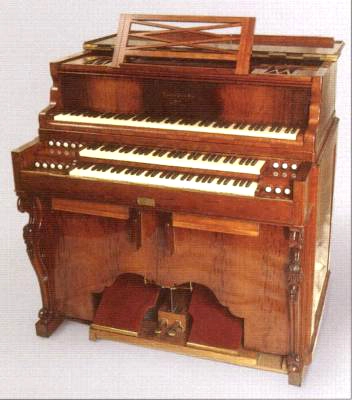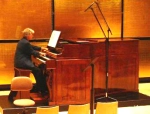Intertextuality is an integral part of Britten’s musical rhetoric in War Requiem, for which he interpolated nine of Wilfred Owen’s poems about World War I within the Requiem text.
Britten created a dialogue between the Requiem text and the poems, and between the Requiem genre and other works—in particular the medieval planctus and Bach’s Matthäuspassion.
During the Middle Ages, texts in Latin and the vernacular were interpolated into liturgies as commentary, sometimes adding an emotional response to the ritual. The War Requiem expresses a similar theological dialogue between traditional and nontraditional imagery in the postmodern age. Britten presents the voice of Owen’s soldier as the voice of Christ, expressing the pity of war.
This according to Benjamin Britten’s War Requiem: Parody and the transmutation of myth, Thomas Francis Rooney’s 1997 dissertation for Boston University (RILM Abstracts of Music Literature 1997-7442).
Today is the 60th anniversary of War Requiem’s premiere. The work was commissioned for the reconsecration of Coventry Cathedral, which had been destroyed in the Coventry Blitz on 14 November 1940. Above, the ruins of the original 14th-century structure; below, the same space as it looks today, serving as a courtyard adjacent to the new building.
BONUS: In the first section of the work’s Dies irae Britten contrasts the glorious trumpets of heaven in the Latin text with the bloody bugles of men in Owen’s Bugles sang; Mstislav Rostropovich conducts the London Symphony Orchestra and Chorus with the bass-baritone Bryn Terfel.














